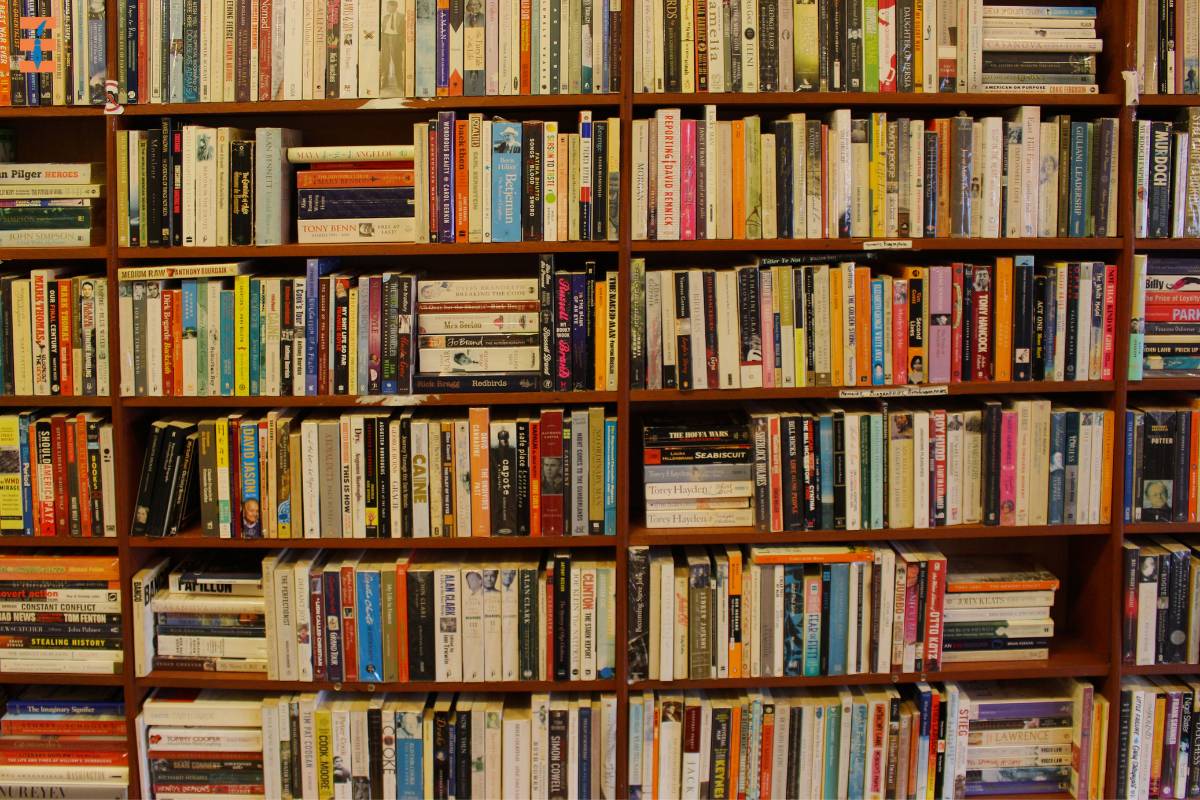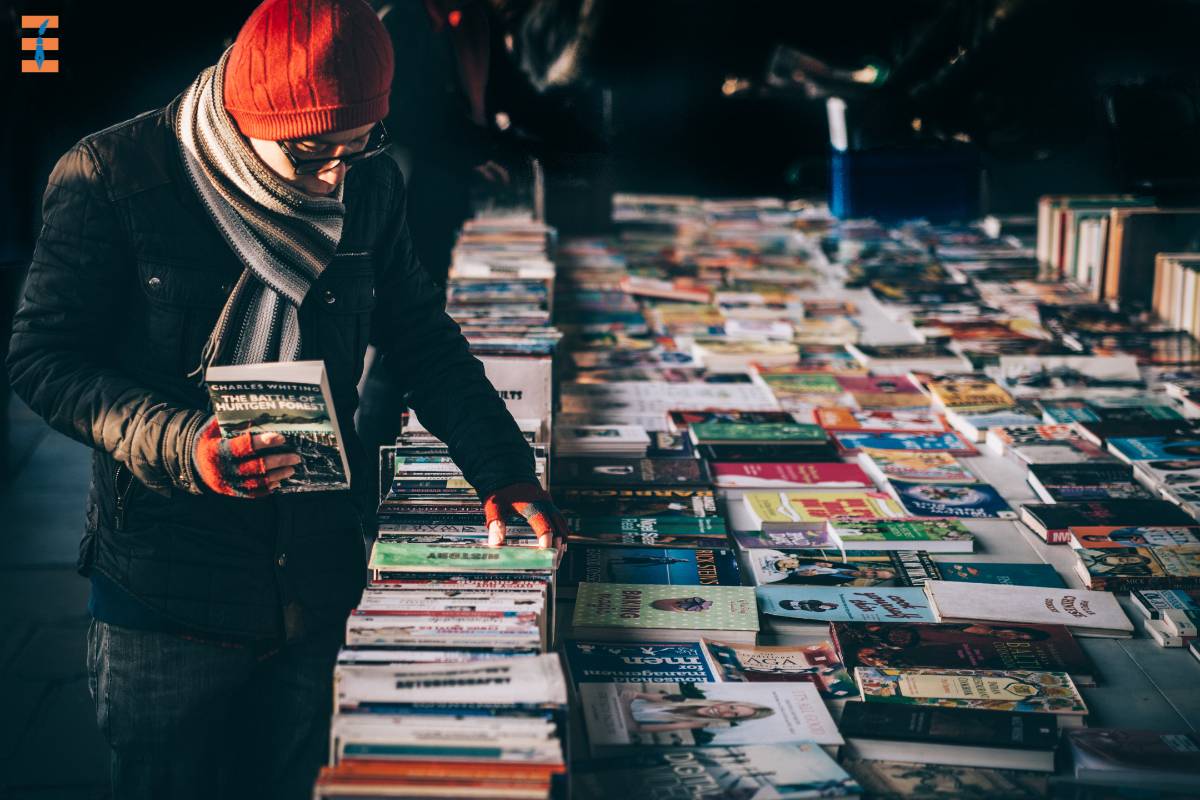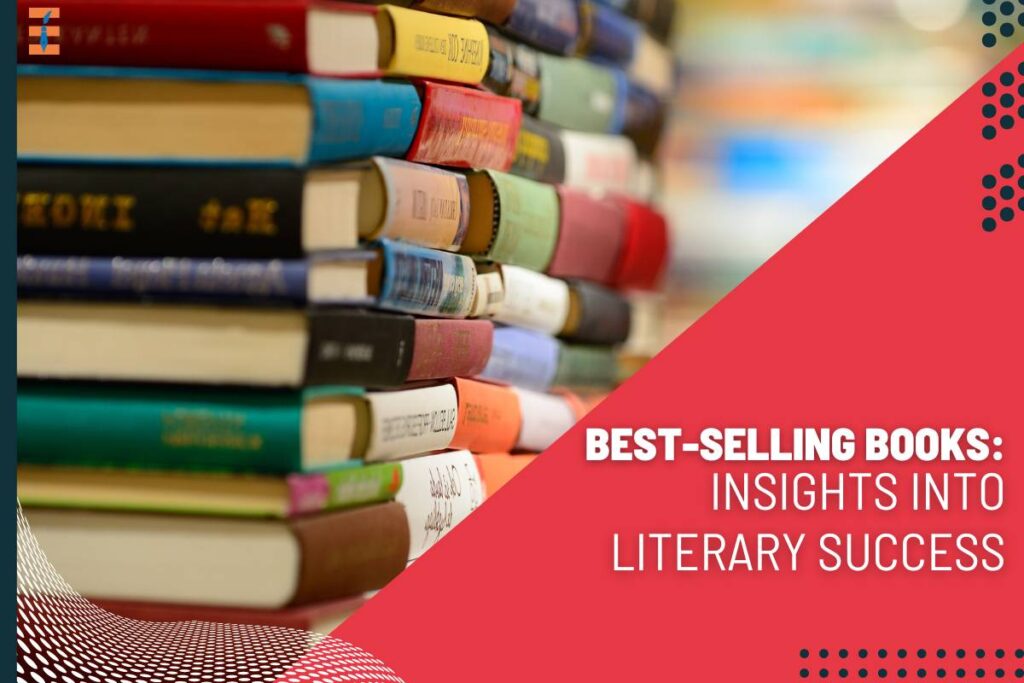Books, some of which are special, can stand out in this world attracting readers that are thousands in other parts of the world. They are so influential in our culture and these are the best sellers among them. They are the ones who dictate discussions, make people more creative, and leave their legacy behind in community setups. What they all share, whether they have been around for long periods already or not, is a taste of the past spiced with a new idea or innovation – that is what makes them good. This discussion attempts to investigate why best-selling books are so popular, make a comparison of how they have withstood the test of time, and ascertain their continued appeal to people.
Defining Best-Selling Books

Before delving into the intricacies of what makes a best-selling book, it’s crucial to understand what this term entails. A best-selling book is generally defined as a title that achieves significant commercial success in terms of sales volume over a specific period. The criteria for best-seller lists vary by region and organization, including metrics such as total sales, sales within a particular timeframe (e.g., weekly, monthly, annually), and sales across various formats (print, e-books, audiobooks).
The Timeless Allure of Classics
One of the most intriguing aspects of best-selling books is the enduring popularity of classic titles. These are works that have stood the test of time, captivating readers across generations and transcending cultural boundaries. Examples abound, from William Shakespeare’s plays like “Hamlet” and “Romeo and Juliet” to timeless novels such as Jane Austen’s “Pride and Prejudice” and F. Scott Fitzgerald’s “The Great Gatsby.”
The appeal of classics lies in their universal themes, complex characters, and timeless relevance. Whether exploring love and betrayal, grappling with societal norms, or delving into the human psyche, these works resonate with readers on a profound level. Moreover, educational curricula often include classic literature, ensuring new generations discover and appreciate these literary masterpieces.
Genre Diversity: From Mystery to Romance
Best-selling books encompass a wide range of genres, catering to diverse reader preferences and interests. Mystery and thriller novels, exemplified by authors like Agatha Christie and Dan Brown, enthrall audiences with gripping plots, unexpected twists, and enigmatic characters. Romance novels, on the other hand, offer tales of love, passion, and emotional journeys, with authors like Nora Roberts and Nicholas Sparks captivating romance enthusiasts worldwide.
Science fiction and fantasy genres transport readers to imaginative realms filled with futuristic technology, mythical creatures, and epic quests. Notable authors such as J.K. Rowling (Harry Potter series) and George R.R. Martin (A Song of Ice and Fire series) have achieved phenomenal success in these genres, attracting devoted fan bases and spawning multimedia adaptations.
Non-fiction best-sellers cover a vast array of topics, including self-help, history, memoirs, and business. Titles such as Dale Carnegie’s “How to Win Friends and Influence People” and Michelle Obama’s “Becoming” resonate with readers seeking personal growth, insights into historical events, or inspirational life stories.
The Role of Publishing Industry and Marketing

Behind every best-selling book lies a complex interplay of talent, timing, and strategic marketing efforts. The publishing industry plays a crucial role in identifying promising manuscripts, nurturing authors’ careers, and promoting books through various channels. Established publishing houses leverage their expertise in editing, design, distribution, and marketing to maximize a book’s visibility and reach.
Marketing strategies for best-selling books encompass a multi-faceted approach, combining traditional media (print, radio, television) with digital platforms (social media, online retailers, author websites). Key tactics include targeted advertising campaigns, influencer endorsements, book tours, author interviews, and participation in literary events such as book fairs and festivals.
Best-seller lists curated by prominent organizations and retailers, such as The New York Times, Amazon, and Barnes & Noble, serve as barometers of a book’s commercial success. Inclusion on these lists amplifies visibility, credibility, and sales potential, creating a virtuous cycle of reader interest and media attention.
The Power of Word-of-Mouth and Reader Communities
While marketing initiatives play a vital role, the ultimate determinant of a book’s success often lies in word-of-mouth recommendations and enthusiastic reader communities. Positive reviews, social media buzz, book club discussions, and recommendations from friends and family members can significantly influence purchasing decisions and propel a book towards best-seller status.
Reader communities, both online and offline, foster engagement, discussion, and fandom around beloved books and authors. Platforms like Goodreads, Reddit book clubs, and literary forums provide spaces for readers to share insights, recommendations, and emotional connections formed through shared reading experiences. Author engagement with fans through social media, virtual events, and exclusive content further strengthens these bonds.
Adaptations and Multimedia Influence
The impact of best-selling books extends beyond the printed page, often leading to adaptations in various multimedia formats. Film and television adaptations of popular books, such as J.R.R. Tolkien’s “The Lord of the Rings” trilogy and Margaret Atwood’s “The Handmaid’s Tale,” introduce stories to wider audiences and reignite interest in the source material.
In the digital age, audiobook versions of best-selling titles have gained immense popularity, catering to on-the-go readers and auditory learners. Narration by renowned actors and voice artists enhances the immersive experience, making storytelling accessible in new ways.
Merchandising tie-ins, themed attractions, and fan conventions also contribute to the cultural phenomenon surrounding best-selling books, creating immersive experiences for fans and expanding the book’s brand into various consumer products and experiences.
Cultural and Societal Impact

Beyond entertainment value, best-selling books often wield significant cultural and societal influence. They tackle important themes, provoke thought-provoking discussions, and reflect contemporary issues and concerns. Books like Harper Lee’s “To Kill a Mockingbird,” addressing racial injustice, or George Orwell’s “1984,” exploring totalitarianism and surveillance, transcend their narrative realms to resonate with broader societal debates and movements.
Moreover, best-selling books have the power to inspire social change, promote empathy and understanding, and foster connections across diverse perspectives. They serve as mirrors reflecting the human experience, aspirations, and challenges faced by individuals and communities globally.
The Future of Best-Selling Books
As technology continues to reshape the publishing landscape, the future of best-selling books evolves in tandem with digital innovations. E-books and audiobooks, subscription services, and digital platforms offer readers unprecedented access to a vast library of titles, personalized recommendations, and interactive reading experiences.
Emerging trends such as self-publishing, hybrid publishing models, and direct-to-consumer marketing empower authors to connect directly with their audiences, bypassing traditional gatekeepers and exploring niche markets. Data analytics, AI-driven insights, and machine learning algorithms also inform publishing decisions, from market research and audience segmentation to personalized marketing campaigns and dynamic pricing strategies.
The global reach of best-selling books expands as translations, international editions, and global distribution networks connect authors and readers across languages and cultures. Literary festivals, online book clubs, and virtual author events bridge geographical barriers, fostering cross-cultural dialogue and appreciation for diverse voices in literature.
Conclusion
In conclusion, the phenomenon of best-selling books represents a convergence of artistic merit, commercial success, and cultural resonance. From classic works cherished for generations to contemporary blockbusters shaping modern literary landscapes, these books capture imaginations, provoke emotions, and leave indelible marks on society. Understanding the dynamics behind best-seller success—from genre diversity and marketing strategies to reader engagement and multimedia adaptations—offers insights into the ever-evolving world of literature and storytelling. As readers continue to seek captivating narratives and meaningful experiences, best-selling books will continue to inspire, entertain, and enrich lives across the globe.
Also Read: Unveiling the Literary Landscape: Exploring the New York Times Best Sellers

